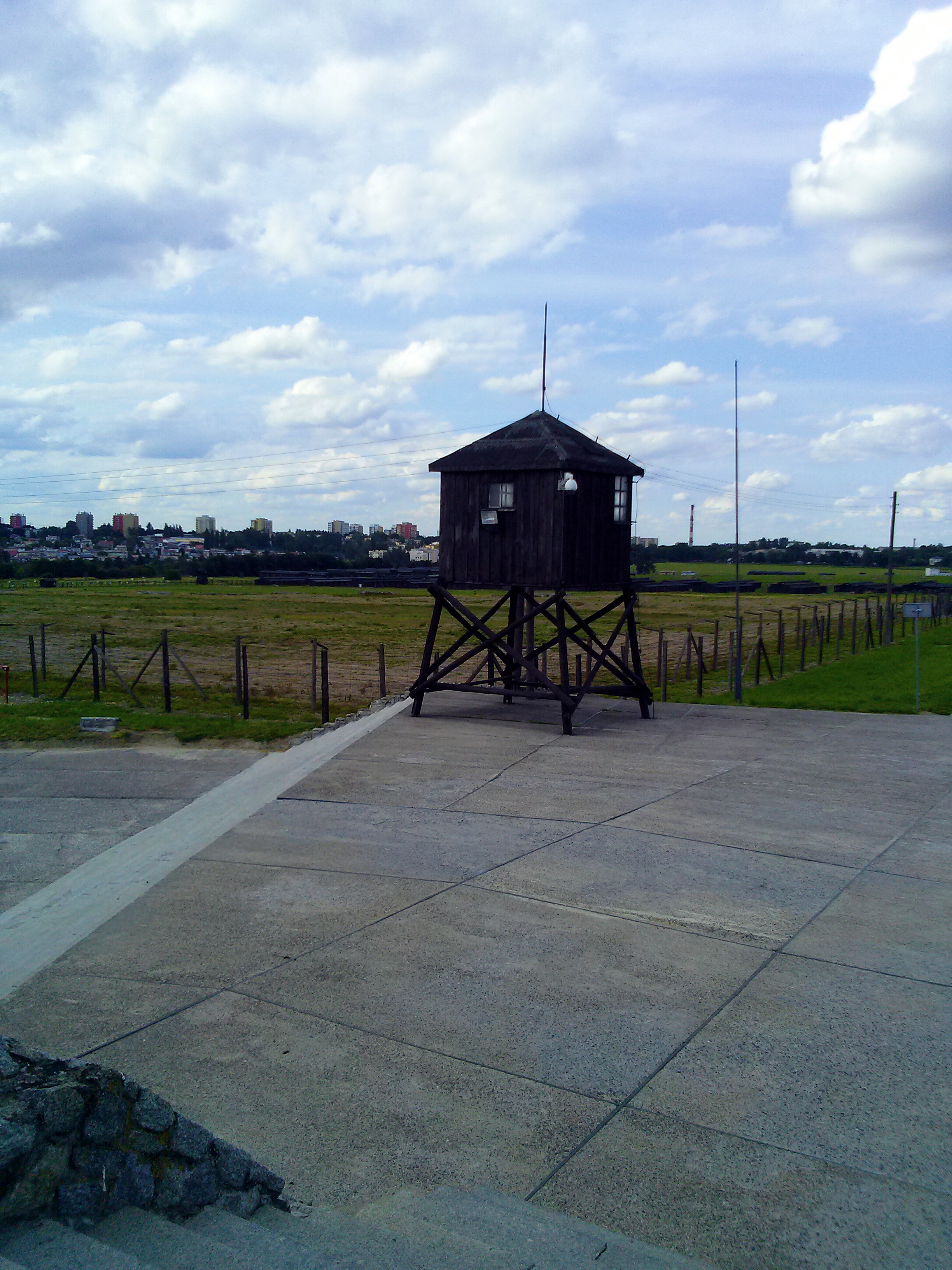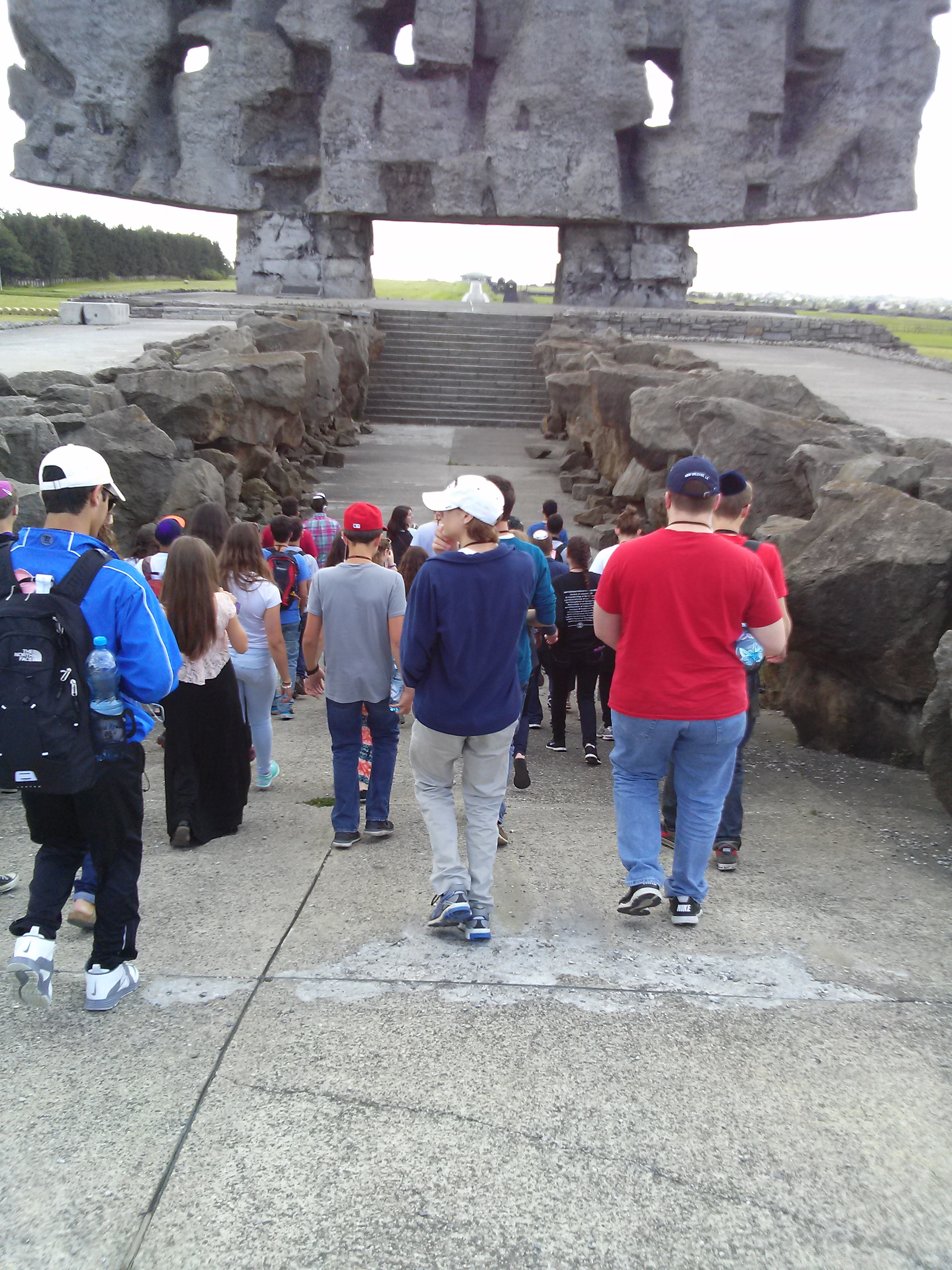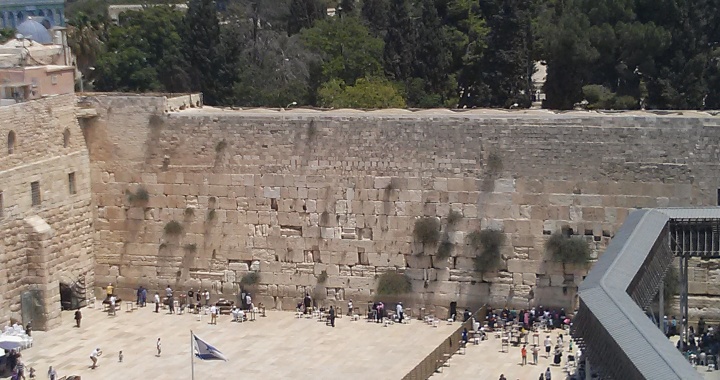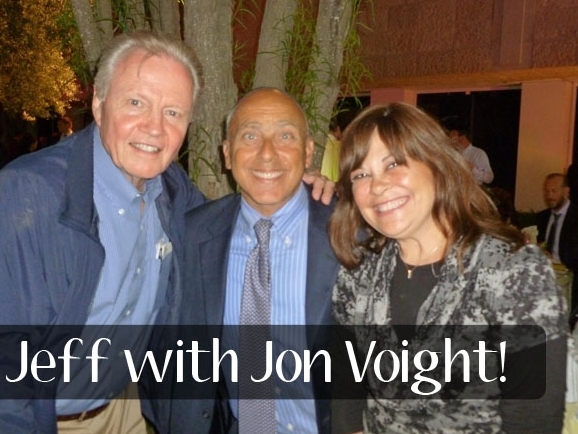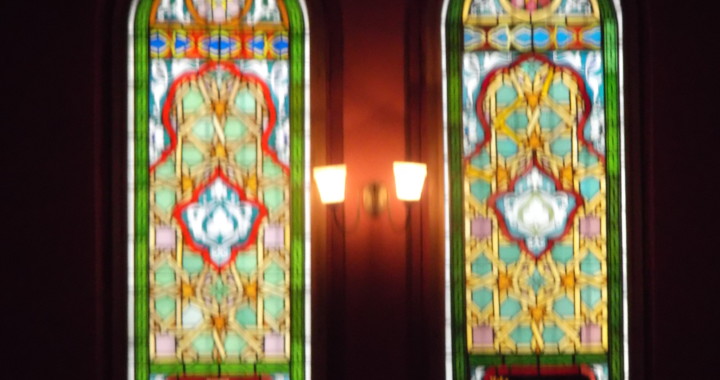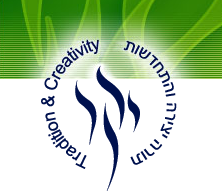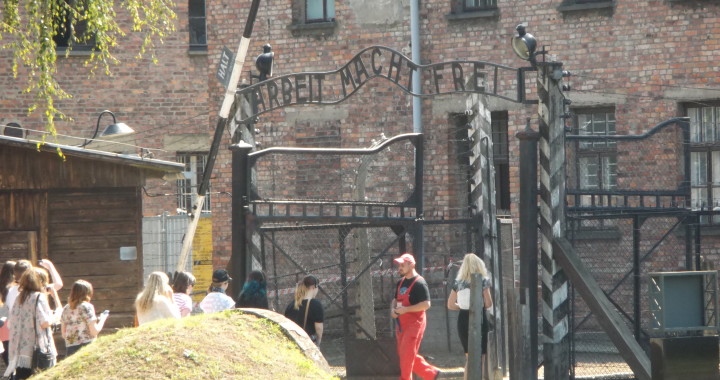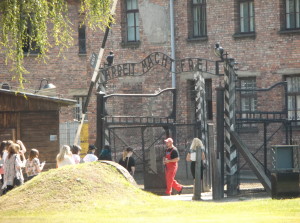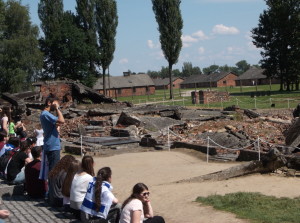Today was the first full day of our Poland Israel trip, and it was jam packed. We woke up in Warsaw, and continued our tour learning about Polish Judaism prior to World War II. We learned about the Warsaw ghetto, and stopped at some of the few remaining sites still standing from after the uprising, as well as visited many of the monuments erected in honor of our heroes.
We ended our walking tour at the new History of Polish Jewry museum, where we became the first USY group ever to get a tour there. We learned about the rich history of the more than 3.5 million Polish Jews who served in some of Poland’s most influential and powerful occupations, and how all but 10% survived the Shoah. Although the museum’s main exhibit does not open until December, we found out about the deep meaning of the exodus inspired architecture and had a few minutes to wander through the rotating exhibit.
We then made the journey from Warsaw to Lublin, which prior to the war, had a Jewish population equal to a third of Lublin’s total population. We headed straight to the Majdanek concentration camp, where we entered by a large stone statue. We walked town the steep ramp in front of the monument with ease, and walked through a long walkway ending in an even steeper climb up stairs, symbolizing the even tougher journey to surviving the camp.
We then headed to the main gate of the camp, passing through double barbed wire fences. On the right was a sterilization room, with showers and a bath, and which all prisoners went first upon arrival. Towards the back of the building was an added on gas chamber for those unfit to work. Leaving the building, we walked along a row of administrative buildings used by the SS. One building was filled with rows of thousands of shoes, all from real victims who lost their lives at the camp.
To the left of these buildings stood the fields, where the barracks of the prisoners stayed. Rows and rows of bunks lined the rooms, and each would cram 500+ prisoners into the most cramped and terrible conditions possible. We walked through these fields, down to the far end of the camp where the crematorium sat. Walking through, there were rooms for execution, medical examination, and finally the stoves where bodies were burned.
Just outside of the crematorium stood a big circular monument, and inside showed a huge mountain of human ashes recovered from the site. Ashes from real people who lost their lives. As we finished our ceremony there, hundreds of crows stirred in the neighboring field, simultaneously taking flight, cawing and dispersing in all directions. It was both an eerie and powerful moment.
We left Majdanek and davened Mincha in the Yeshiva Chochmei Lublin, a beautiful prayer space with a vibrant acoustic. Afterwards, the USYers split into chevruta, studying Daf Yomi, the daily Talmud, in the same Yeshiva created by the founder of Daf Yomi.
There was a mix up with dinner, so we headed back to the hotel for some free time while staff scrambled to find a substitute. The USYers handled the delay amazingly, and at around 8:30 we had dinner one.
Following Birkat, we broke into subgroups of 9 and debriefed on the day with the USYers. We talked about the powerful moments, the moving ones, and the confusing ones, and came to the conclusion that throughout Poland, and the rest of the trip, that leaning to balance experiences and emotions would allow us to get the most out of our experience. We needed to balance out sadness and disgust with a feeling of am yisrael chai, balance our picture taking with living in the moment, and balance our seriousness with elation.
While waiting for our restaurant to set up our midnight second (originally planned) dinner, the USYers broke out into an impromptu song session, and it was really a magical moment and one that will strengthen the group.
Now it’s long past my bed time, so check back for more to come in the days ahead. I’m not sure I can write this much every time, but I’ll do my best.
Lilah Tov,
Sam

